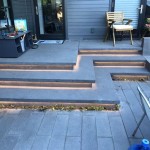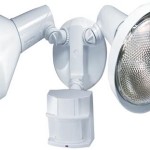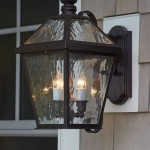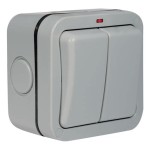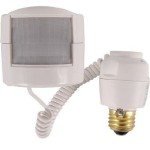Essential Aspects of LED Lights For Outdoor Use
In choosing LED lights for outdoor use, careful consideration of essential aspects is crucial to ensure optimal performance and longevity. These aspects include durability, energy efficiency, brightness, color temperature, and smart features, each of which plays a significant role in the effectiveness and aesthetics of the lighting system.
This article will delve into these essential aspects in depth, providing valuable insights for making informed decisions when choosing LED lights for outdoor applications. By understanding the key factors to consider, you can select the most suitable lighting solutions that cater to your specific needs and requirements.
Durability
LED lights for outdoor use must withstand harsh weather conditions, including rain, snow, wind, and extreme temperatures. Choose lights with rugged construction and IP ratings indicating their level of protection against water and dust ingress. Look for lights made of high-quality materials like aluminum or polycarbonate, which offer durability and resistance to corrosion.
Energy Efficiency
Energy efficiency is a vital aspect of outdoor LED lighting. LED lights consume significantly less energy compared to traditional lighting sources, reducing operating costs and contributing to environmental sustainability. Look for lights with high lumen per watt ratios, indicating their efficiency in converting electrical energy into light output. Choose lights with Energy Star certification to ensure compliance with energy efficiency standards.
Brightness
The brightness of LED lights is measured in lumens. Choose lights that provide adequate illumination for your specific application, considering factors such as the size of the area and the desired level of visibility. For general outdoor lighting, a brightness of around 2000-4000 lumens is often sufficient. High-brightness LED lights may be necessary for specialized applications like stadium lighting or security surveillance.
Color Temperature
Color temperature refers to the perceived warmth or coolness of the light emitted by LED lights. It is measured in Kelvin (K). Warm white (2700-3500K) creates a cozy and inviting atmosphere, while cool white (4000-5000K) is more invigorating and suitable for task lighting. Daylight white (5500-6500K) closely resembles natural daylight, providing optimal visibility for outdoor activities.
Smart Features
Smart LED lights offer advanced features like remote control, scheduling, and integration with home automation systems. These features enhance convenience and energy efficiency, allowing you to control your outdoor lighting from anywhere and set automated schedules to turn lights on/off based on specific times or daylight levels. Consider investing in smart LED lights if you desire advanced lighting control and remote functionality.
Conclusion
By carefully considering the essential aspects discussed in this article, you can select LED lights for outdoor use that meet your specific requirements and provide optimal performance and longevity. From durability and energy efficiency to brightness, color temperature, and smart features, these aspects play a crucial role in ensuring that your outdoor lighting system is effective, aesthetically pleasing, and cost-efficient.

Can Led Lights Be Used Outdoors Bpm Electric

Outdoor Led Lighting Exterior Light Fixtures E Conolight

The Advantages Of Outdoor Led Lighting

Color Changing Waterproof Strip Lights For Outdoor Landscape Lighting

The Complete Guide To Outdoor Led Strip Lights Lighting Access
24v Programmable Led Guardrail Tube Light Ip67 Outdoor Waterproof

Le 50w Super Bright Outdoor Led Flood Light

Outdoor Heavy Duty Led String Lights Lighting Legends

Sl101 Led Low Voltage Bistro Outdoor String Lights Kings Lighting

Homehop Solar Led Lights For Garden Outdoor Home Wall Step Decorative Waterproof Lamps
Related Posts
